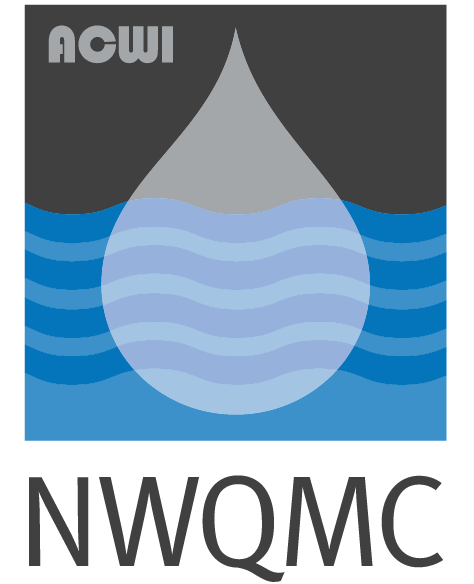Free Webinar: Top 3 Reasons to Switch to Long-term HAB Monitoring
At a time when HAB monitoring is more important than ever, better instrumentation and drift-resistant sensors have made it easier than ever to stay on top of harmful algal blooms. Join In-Situ Application Development Manager Eric Robinson for a practical discussion on why and how to make long-term HAB monitoring an effective and affordable part […]




